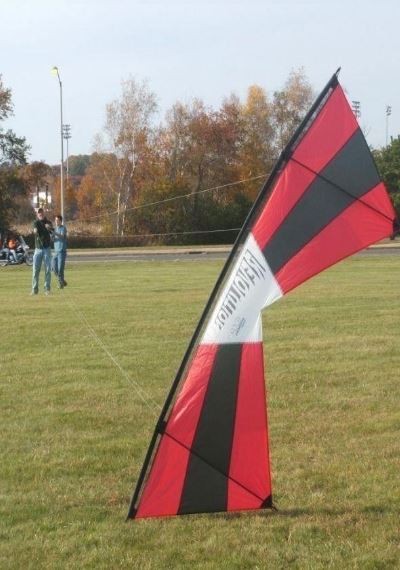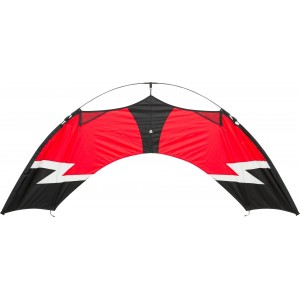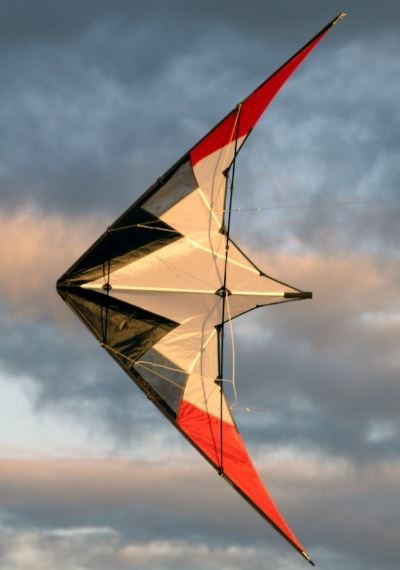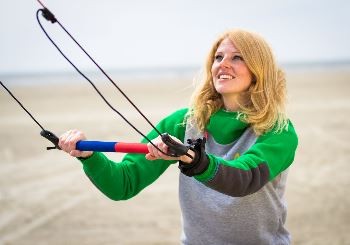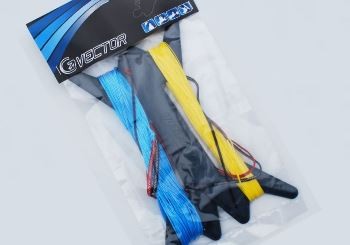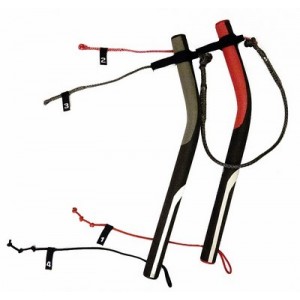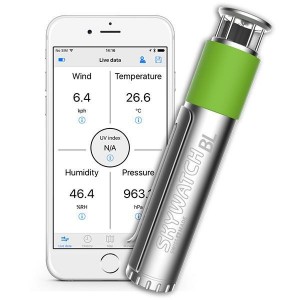-
MenuBack
-
STUNT KITES
-
-
-
-
KITES
-
Other
-
-
-
REVOLUTION Parts & Accessories
- BLAST / POWER BLAST - 1/2 inch
- EXP / 1.5 (Standard + Reflex) - 1/4 inch
- EXP Standard / 1.5 Standard - 1/4 inch
- RACE / TRAVEL Frames (EXP / 1.5 / B-series)
- REFLEX 1.5 RX (Spider) / XX - 5/16 inch
- Revolution bridle sets
- Revolution end caps
- Revolution handles
- Revolution kite bags
- SUPERSONIC / SHOCKWAVE - 1/2 inch
-
-
-
Cursos Revolution
-
Rev kites
-
-
-
Start your Quad adventure
-
AMAZING POWER MACHINE
-
-
-
REVS
-
REVS
-
-
-
Rev Kites
-
-
Revolution kites

-
-
-
-
-
-
Parts & Accessories
-
-
Have a look on
-
Have also a look
-
-
-
Video spotlight
-
-
-
2- line stunt kites

-
-
-
Video spotlight
-
-
-
-
POWER KITES
Hot
-
-
-
Style
-
Accessories
-
-
HQ Highlights
-
-
-
Crosskites
-
-
-
Peter Lynn
-
-
-
+
-
-
-
+
-
-
-
- KITESURF
-
BUGGIES AND LANDBOARDS
-
-
Highlights
-
-
+
-
-
-
-
Kheo landboards
-
-
-
Peterlynn Buggy
-
-
-
Accessories
-
-
-
-
-
-
OTHER PRODUCTS

-
CAN'T FIND WHAT YOU ARE LOOKING FOR?
We have everything for kiting. If you dont find what you you need please contact us.
If you are a professional customer, please contact us for volume discounts.
-
-
-
+
-
-
-
+
-
-
-
KNOWLEDGE BASE
NEW
-
HQ - Kites Comparision
-
-
HQ Kites Comparision

 All HQ Sport Kites in one table - just to make the comparison easier
All HQ Sport Kites in one table - just to make the comparison easier 
-
-
-
HQ4 - Kites Comparision
-
-
HQ kites

-
-
-
Lark's Head Knot
-
-
Lark's Head Knot
With the lark's head knot, you can easily attach your flying line to the bridle of your kite.

-
-
-
Wind table
-
-
Beaufort wind table

The Beaufort scale was long in use as a system for estimating wind speeds. It was introduced in 1805 by Admiral Sir Francis Beaufort (1774-1857) of the British navy to describe wind effects on a fully rigged man-of-war sailing vessel, and it was later extended to include descriptions of effects on land features as well.Bft Sourroundings Wind Knots km/h mph m/s 0 Smoke rises vertically and the see is mirror smooth calm 0 0 0 0 1 Smokes moves slightly with breeze and shows direction of wind light air 1-3 1-5 1-3 <2 2 You can feel wind on your face and hear the leaves start to rustle light breeze 4-6 6-11 4-7 2-3 3 Smoke will move horizontally and small branches start to sway. Wind extends a light flag gentle breeze 7-10 12-19 8-12 4-5 4 Loose dust or sand on the ground will move and larger branches will sway, loose paper blows around, and fairly frequent whitecaps occur moderate breeze 11-16 20-28 13-18 6-7 5 Surface waves form on water and small trees sway fresh breeze 17-21 29-38 19-24 8-10 6 Trees begin to bend with the force of the wind and causes whistling in telephone wires and some spray on the sea surface strong breeze 22-27 39-49 25-31 11-13 7 large trees sway moderate gale 28-33 50-61 32-38 14-16 8 twigs break from trees, and long streaks of foam appear on the ocean fresh gale 34-40 62-74 39-46 17-20 9 branches break from trees strong gale 41-47 75-88 47-55 21-24 10 weak trees are uprooted, and the sea takes on a white appearance whole galem 48-55 89-102 56-64 25-28 11 widespread damage storm 56-63 103-117 65-73 29-32 12 structural damage on land and storm waves at sea hurricane >46 >118 >74 >33
-
-
-
How to choose your kiteline
-
-
HOW TO CHOOSE YOUR KITELINE
HOW TO CHOOSE YOUR KITELINE
Different kiting disciplines require different types of lines, below you can see an overview on which lines are recommend for each discipline.kite discipline Top line strength Brake line strenght sport/trick flying 25 - 110Kg - powerkiting 170 - 210Kg 75 -110Kg kite buggying 170 - 300Kg 75 - 110Kg landboarding/snowkiting 300 - 375Kg 300 - 375Kg kiteboarding 300 - 500Kg 300 - 375Kg
Line StrenghtWhich line strength you should use depends on a number of factors. Ideally one would use multiple line-sets for the same kite for different wind speeds to get the best possible performance. You can imagine that a 2m 4-line foilkite flies great in 20 knots on 200kg steering lines, but fly that same kite with the same lines in 10 knots and you will notice that the lines sag, making steering less responsive.
Even pilot skill and riding style comes in to play when we look at buggy racers, smooth technical racers will use 200 to 250kg steering lines where heavier and/or more aggressive racers will use 300kg lines or even stronger.
Generally high winds and/or heavier pilots require stronger lines.Line lenght
Line lenght is very much preferential, the rule of thumb is: Shorter lines make steering more direct with the sacrifice of low end performance and long lines give the kite a better low end at the sacrifice of kite responsiveness.
Considerations
Dyneema® is without a doubt the best possible line to use for kiting, however there are a few things to look out for when using Dyneema® lines;
Knots - Dyneema® handles knots poorly, this is why the lines have sleeves at the ends where the knots are, the sleeves are there to protect the line itself.
As an example: put a knot in a 200kg line and you will cut its breaking strength in half and under tension the line will break right at the knot.
Melting - In comparison to other kite flying lines such as Nylon, Dacron or Aramid/Kevlar, Dyneema's melting point/temperature is lower so if you ever tangle your 4-line powerkite with a single line kids kite (which are generally flown on Nylon lines) chances are you'll lose.
-
-
-
List of products by brand KITEFIX
Make Your Kite Brandnew with Kitefix
KiteFix is a Canadian company specializing in kitesurf equipment repairs. It has been doing business in the field of kitesurf equipment repairs since 2003. Their mission is to offer innovative repair products and quality services at reasonable and competitive prices.
The company’s main sector of activities is the repairing of kitesurf equipment. KiteFix offers you a complete range of products, including a compact repair kit that will allow you a quick and permanent quality repair with no stitches nor expensive professional handling.
Kitefix want to offer all kite lovers (amateurs and pros) an effective, easy and accessible way to quickly and solidly repair a tear, a broken valve or any other damages that might result from a manoeuvre gone bad. The main idea here is to allow you to go back to kitesurfing as fast as possible!
KiteFix allows you on the spot repairing of your equipment.
Active filters
-
KITEFIX MINI REPAIR PACK
Price €27
Looking for an economical alternative to the KiteFix Complete Kit?
Try the KiteFix Mini-Kit. We have streamlined this kit to provide the basics for repairing a canopy tear up to 48”, a 12” leading edge or strut repair and bladder leaks. If your kite canopy is white and you want just the basics, this is the kit for you. -
SAILFIX REPAIR KIT
Price €42
The SailFix Repair Kit gives you everything you need to quickly, easily and permanently repair your ripstop, Dacron, monofilm and laminate sails. For emergency or DYI everyday sail repairs, each kit contains enough product to repair an 8’ foot (96 in.) long tear, usually within an hour. Whether racing or on a sailing holiday, have peace of mind knowing you can quickly, easily and permanently repair your own sails. -
KITEFIX BLADDER REPAIR PATCHES
Price €10
Bladder leak? No problem!
KiteFix’s Ultra-Adhesive patches are a must. Extremely adherent, flexible and with no glue to add, they allow you stop a leak very quickly. -
KITEFIX BLADDER MONSTER REPAIR PATCHES
Price €20
Blown out your leading edge, now what?
Replacing the bladder can take a long time and is usually very expensive. Our MONSTER Bladder Patch was created to give you another option.

